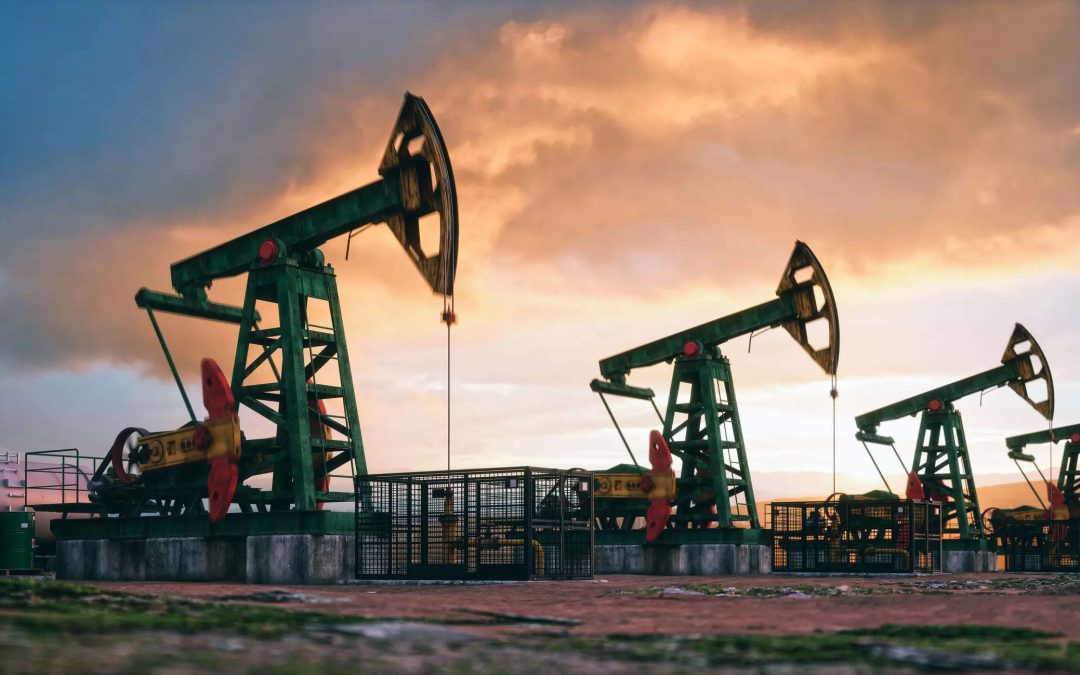Iran exported its first-ever crude cargo outside the Persian Gulf, according to satellite images and local reports, marking a small but significant expansion to the country’s oil export options as Tehran faces retaliatory strikes by Israel which could target oil facilities.
A VLCC able to carry up to 2 million barrels of crude departed the offshore Single Buoy Mooring (SBM) at Iran’s long-delayed Jask oil terminal in the Gulf of Oman between Sep 19. and Sept. 21 according to images taken by the EU’s Sentinel 2 satellite, after apparently docking at the terminal 10 days previously.
Iran has been working for years to complete the Jask terminal to allow the sanctions-hit country to export oil directly from the Sea of Oman, bypassing the chokepoint of Strait of Hormuz. Currently, some 90% of Iran’s crude is exported from Kharg Island in the Persian Gulf.
Some 55 km west of Jask Port, the $2 billion export project was officially inaugurated last year and connected to a 1,000-km, 42-inch pipeline able to transport heavy and medium crude oil from Goureh in the Bushehr province. The 1 million b/d terminal was to start operations with an initial storage capacity of 10 million barrels. But technical faults, political setbacks, and crude theft sabotage have held up completion of the terminal and first shipments from the SPM.
Iran’s Hamihan newspaper reported Oct. 18 without citing sources that Iran exported 1 million barrels of oil via the Jask terminal at the end of September. It was not clear if the loading was trial loading or if there have been further delays in boosting oil flows to the terminal.
The latest satellite imagery shows that 11 of the terminal’s 20 crude storage tanks are now complete, amounting to 5.5 million barrels of storage capacity.
Iran’s oil ministry was not immediately available to comment on the report.
According to commodity tracking company Kpler, the Iranian-owned Dune VLCC picked up a 2 million barrel cargo from Jask on Oct 2, the first lifting from the terminal. The Iranian-sanctioned vessel was last seen east of Singapore on Oct. 11 heading toward China after passing through the Malacca Straits with a cargo of Iranian crude, according to S&P Global Commodities at Sea.
Export route
The crude export from Jask comes as global oil markets remain on tenterhooks over the expected Israeli retaliation for Iran’s missile attack on Oct 1.
Fears of a major escalation in the conflict hitting regional oil supplies were sparked Oct. 3 when US President Joe Biden said the US was discussing potential attacks on Iranian oil facilities with Israel. Iran’s military head responded saying Tehran would hit back harder at Israel with a “stronger response,” if attacked. But crude prices collapsed by over 5% this week after a media report said Israel would avoid striking Iranian nuclear and oil sites, easing fears of a potential supply disruption.
In the past, Iran has threatened wider oil markets by attacking shipping and laying mines in the Strait of Hormuz, through which almost 18 million b/d of crude and products transited during the first half of 2024. But analysts see any major shutdown of oil flows through the chokepoint as unlikely as all Iran’s oil export flow via the chokepoint and the Jask terminal itself would also likely still be affected given its proximity to the waterway.
In the immediate aftermath of Iran’s Oct. 1 attack on Israel, Iran’s crude export loadings appeared to slump well below normal levels, according to tacker tracing data, in a move seen by market watchers as Teheran preparing for a retaliatory strike by Israel on Kharg Island.
Since then, crude loadings from Iran have risen to average 1.3 million b/d in the week to Oct. 14, according to the latest preliminary observed and estimated tanker movements in Commodities at Sea.
Overall Iranian seaborne crude loadings, including cargoes allocated to domestic ports and anchorage, averaged 1.73 million b/d during Q3 2024, consistent with both Q2 2024 and the first half of the year, according to CAS data.
Iran allocated almost half of its Q3 crude loadings to Southeast Asia, underscoring the region’s pivotal role in facilitating Iranian crude to China. Typically, these barrels undergo blending and are subsequently reclassified as Malaysian or Singaporean-origin before reloading aboard vessels bound for China.
Source: Platts






